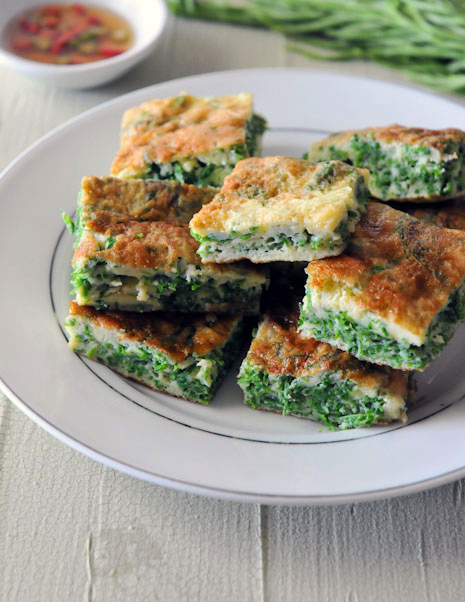
Cha om is one of the tropical varieties of acacia plants. It grows as a small shrub, with delicate mimosa-like leaves extending from branches that are covered in sharp thorns. In addition to its prickly exterior, cha om has a distinctive odor that is best described as the smell that hits you when you walk into a waste water treatment plant. Yes, this plant has devised some serious defense mechanisms to deter animals from eating it!
However, despite its thorns and pungent odor, the leaves of the cha om plant are actually pretty mild in flavor. And once cooked, the odor dissipates and you're left with a delicious, somewhat earthy tasting vegetable.
The leaves of cha om are often mixed with eggs to form an omelet in Thai cooking. This omelet can be eaten on its own, as an accompaniment to dips such as nam prik gapi, or even in curries such as gang som. Next week, I'll post a recipe for nam prik gapi. In the meantime, I'm just relishing the fact that I not only can eat this omelet with cha om, but that I actually enjoy it!
Recipe
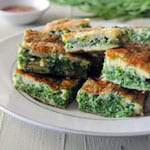
Omelet with Acacia Leaves | Kai Jeow Cha Om | ไข่เจียวชะอม
Ingredients
- 6 eggs
- 2 teaspoons fish sauce
- ½ cup cha om
Instructions
- Prepare the cha om by removing the delicate leaves from the thorny branches. This is best done by holding the cha om stem at its top with one hand and slowly running the other hand down one side of the stem, pulling the leaves off one at a time. Wash the leaves.
- Combine the cha om leaves with the eggs and fish sauce and whip intensely with a fork or whisk until the eggs are quite frothy. This may take a few minutes.
- Heat a generous amount of mild-flavored oil in a flat-bottom wok or pan. When the oil is shimmering, pour the egg mixture in. Once browned on one side, flip to the other and allow to cook through.
- Remove the cooked omelet from the pan and cut into 2 to 3 inch squares. Serve with jasmine rice and fish sauce with chilis (nam pla prik) to enjoy on its own, or as part of another Thai meal.


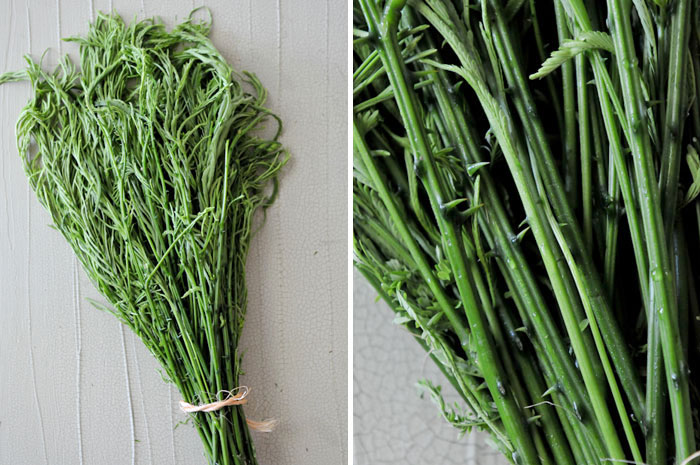
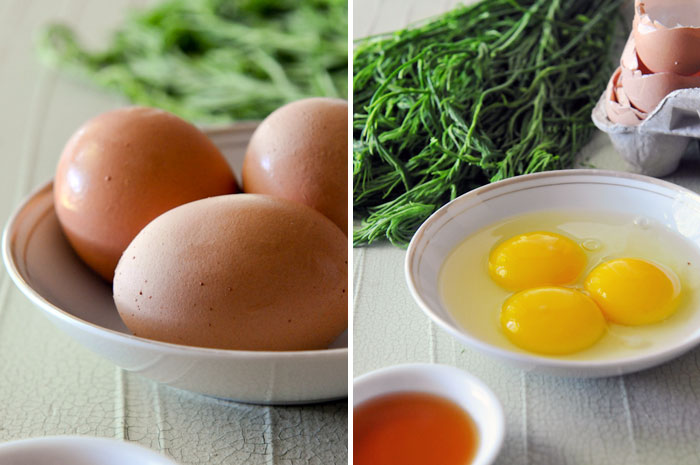
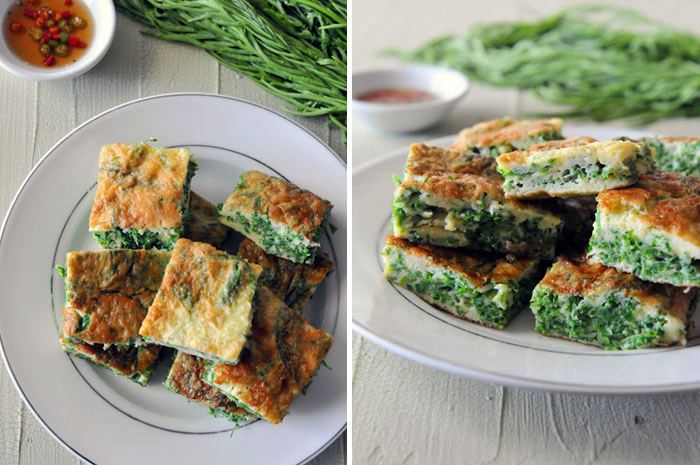


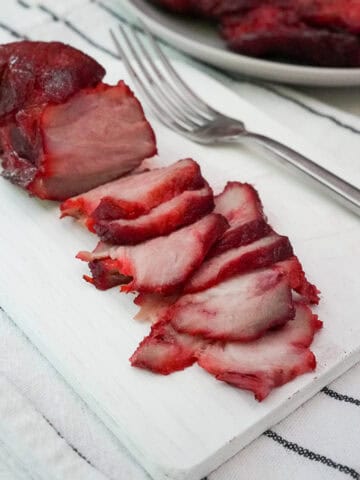

Yasuhiko (Mr.)
Dear Rachel:
Hello, I am a staff of Japanese company who sells Thailand's platter, and I am now writing some press release, while I searching usage of acacia wood, I found some people in Thailand eat leaves of acacia, I would like to add your photos in this page into my press release, do you agree with my offer?
thank you,
best regards,
mail [email protected]
sayatexploresfood
Kala Namak and overcooked eggs are quite like the sulfur that cha om emanates.
Jessica
Your story about eggs is definitely funny. I have always loved (actually totally obsessed with them) but glad to hear your tastes buds have taken a liking to them. I am curious about the acacia leaves. I am always at the local Asian market but have never seen them. Are they a seasonal herb? Any similar leaves you would recommend? Thanks!
Rachel
Cha om is pretty distinctive -- I haven't run across anything else that tastes quite like it... When I can't find them fresh, I can generally find them in the frozen section, so may be worth checking there too. But, I have to tell you that I actually haven't ever tried the frozen leaves, so I'm not sure how it compares to fresh.
Adrian Fleur
Thanks for this! Yummy veggie Thai dishes are my favourite, and I'm always looking for recipes to impress foreign friends who visit =) I have an omelette-loving friend who will love this!